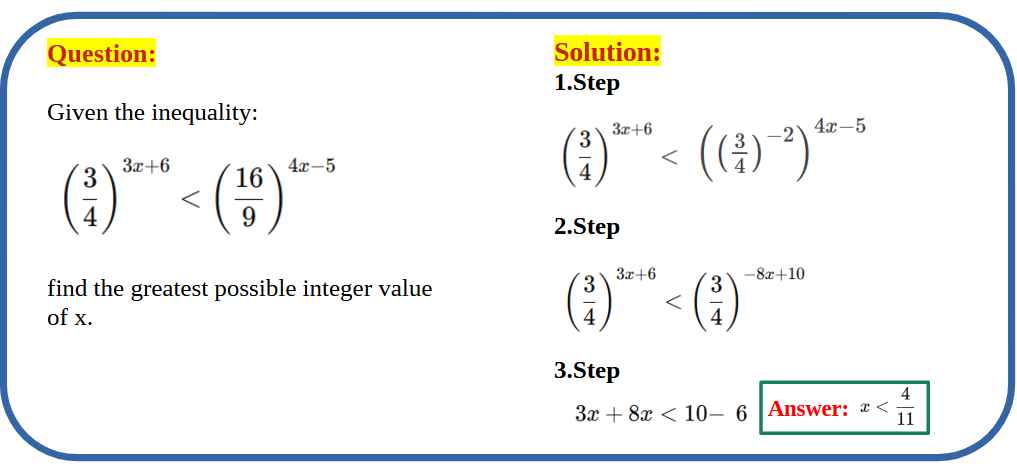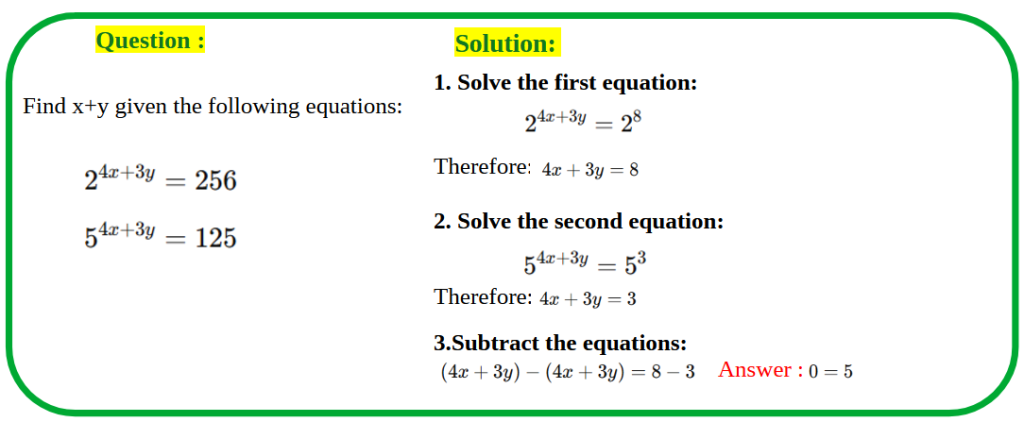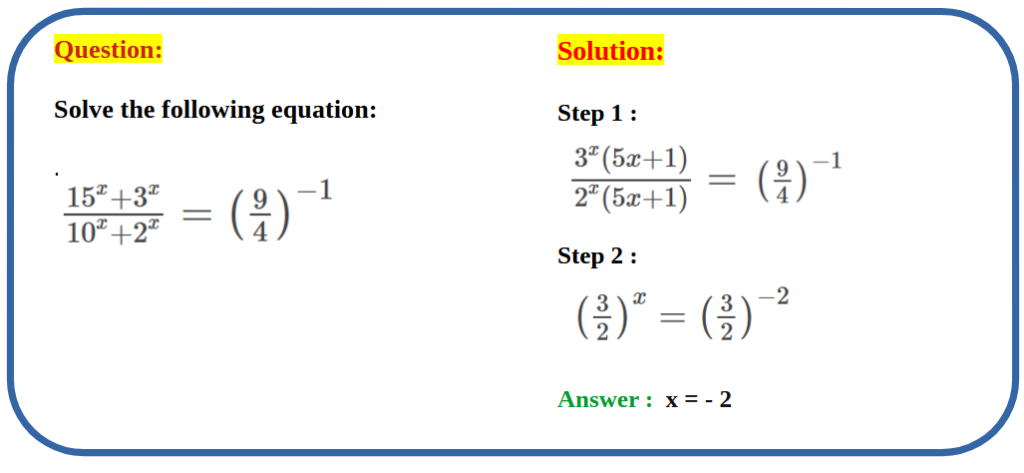Exponents: What Are They?
Sometimes, when we need to multiply a number many times, such as multiplying 2 by itself 100 times, writing each multiplication individually and performing the operation would not be practical. Instead, we use exponential notation to express such multiplications in a shorter form. Exponential expressions are shorthand for multiplying the same number repeatedly.
![]()
Additionally, the concept of a factorial works in a similar way. To represent the product of multiple numbers, we use factorial notation. For example, the product of all integers from 1 to (n) is written as (n!) (factorial). This is expressed as:
![]()
This allows us to represent a large number of multiplications in a simplified form.
Exponential expressions and factorials are essential tools for efficiently writing and understanding mathematical operations.
Exponents provide a concise way to express repeated multiplication. A base number is multiplied by itself a specific number of times.
Example:
![]()

General Information About Exponents
Positive Exponents
A positive exponent indicates how many times the base is multiplied by itself.
![]()
Example:
![]()
Negative Exponents
A negative exponent represents the reciprocal of the base raised to the corresponding positive power.
![]()
Example:
![]()
Zero Exponents
Any nonzero number raised to the power of zero equals 1:
![]()
Examples:
![]()

Importance of Parentheses
Parentheses are critical when working with negative bases, as they determine how the exponent is applied:
![]()
![]()
Examples:
![]()
![]()
Exponents represent how many times a number (the base) is multiplied by itself. For example:
![]()
Exponential Numbers Operations
1. Addition and Subtraction
Exponents can only be added or subtracted if the bases and exponents are the same:
![]()
Example:
![]()

2. Multiplication
When multiplying exponents with the same base,add the powers:
![]()
Example:
![]()
If the exponents are the same but the bases are different,multiply the bases:
![]()
Example:
![]()
3. Division
When dividing exponents with the same base,subtract the powers:
![]()
Example:
![]()
If the exponents are the same but the bases are different,divide the bases:
![]()
Example:
![]()

4. Power of a Power
When raising an exponent to another power,multiply the exponents:
![]()
Example:
![]()

